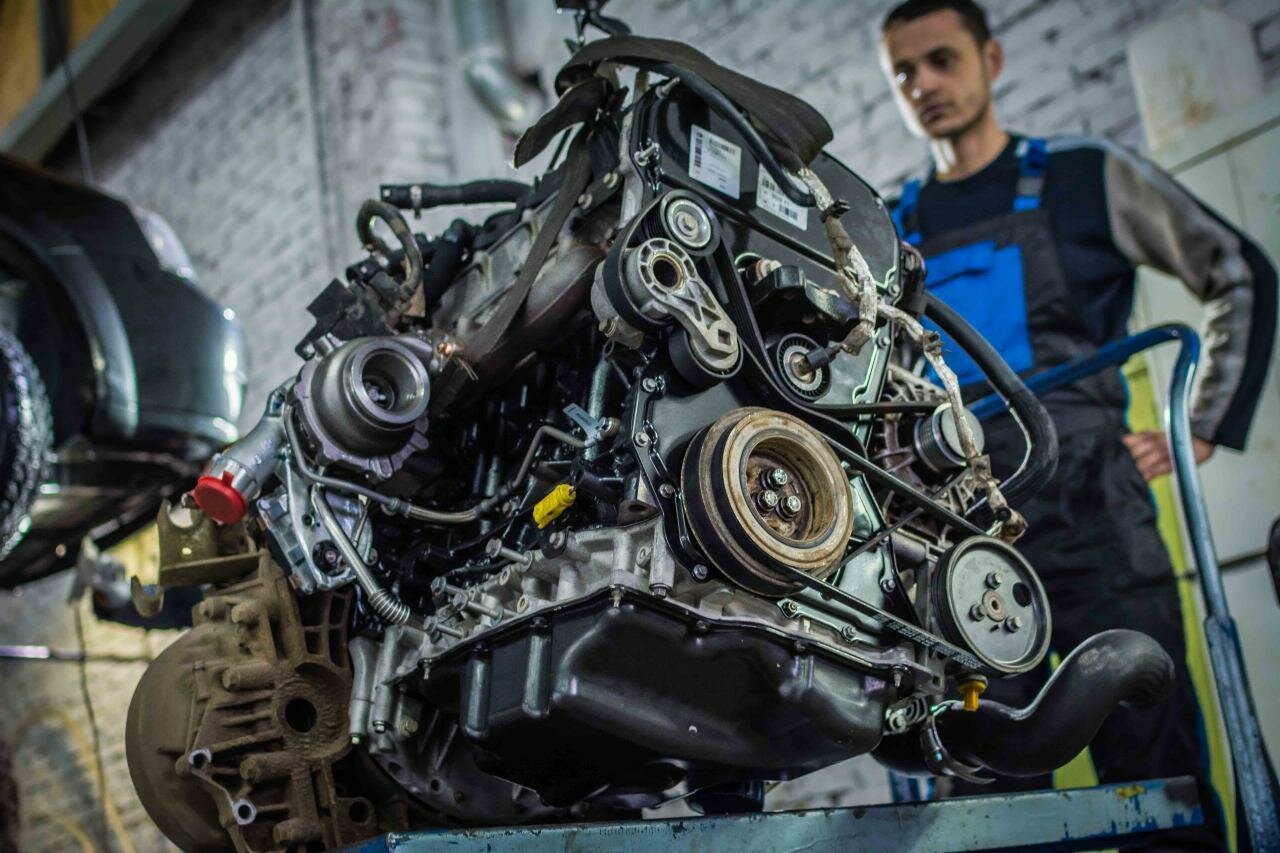Kia GDI Engine: A Brief Overview
History and Development
Kia Motors, a South Korean automotive manufacturer, has made significant strides in the global automotive market over the past few decades. Established in 1944, Kia initially focused on bicycle manufacturing before transitioning to motorcycles and eventually automobiles. By the late 1990s and early 2000s, Kia began to gain recognition for its affordable and reliable vehicles, leading to increased competition with established brands.
In the pursuit of improved fuel efficiency and performance, Kia adopted Gasoline Direct Injection (GDI) technology in its engines. GDI engines, which inject fuel directly into the combustion chamber rather than mixing it with air in the intake manifold, promise better fuel atomization, enhanced power output, and reduced emissions. This technology was integrated into various Kia models, including the popular Kia Optima, Sportage, and Soul, aiming to meet the demands of environmentally conscious consumers while maintaining performance standards.
However, the introduction of GDI engines has not been without its challenges. While they offer advantages in terms of efficiency and power, they have also been associated with a range of problems that can affect vehicle performance and longevity. Issues such as carbon buildup, engine knocking, and premature wear have emerged as significant concerns for owners of Kia vehicles equipped with GDI engines. As these problems have come to light, they have raised questions about the reliability and safety of Kia’s GDI technology, prompting discussions among automotive enthusiasts and industry experts alike.
In this article, we will delve into the specific problems associated with Kia’s GDI engines, examining the implications for vehicle performance, maintenance, and overall ownership experience. Understanding these issues is crucial for current and prospective Kia owners, as well as for anyone considering the purchase of a vehicle equipped with GDI technology.
Kia GDI Engine Problems: An In-Depth Analysis
Common Issues Faced by Kia GDI Engines
Kia’s GDI engines, while innovative, have been plagued by several recurring problems that can significantly impact vehicle performance and reliability. Understanding these issues is essential for owners and potential buyers alike. Below are some of the most common problems associated with Kia’s GDI engines:
- Carbon Buildup: One of the most notorious issues with GDI engines is carbon buildup on the intake valves. Unlike traditional port fuel injection systems, GDI engines do not wash the intake valves with fuel, leading to deposits that can restrict airflow and reduce engine efficiency.
- Engine Knocking: Some Kia GDI engines experience knocking or pinging sounds during acceleration. This can be attributed to improper fuel combustion, often exacerbated by carbon buildup or incorrect fuel octane levels.
- Oil Consumption: Excessive oil consumption has been reported in certain Kia GDI models. This can lead to low oil levels, which may cause engine damage if not addressed promptly.
- Fuel Injector Issues: GDI engines are more susceptible to fuel injector problems, including clogging and malfunction. This can result in poor engine performance and increased emissions.
- Overheating: Some owners have reported overheating issues, which can be caused by coolant leaks or inadequate cooling system performance.
Impact on Vehicle Performance
The problems associated with Kia’s GDI engines can have a direct impact on overall vehicle performance. Here are some of the consequences that owners may face:
- Reduced Fuel Efficiency: Carbon buildup and injector issues can lead to decreased fuel efficiency, negating the benefits of GDI technology.
- Loss of Power: Engine knocking and poor combustion can result in a noticeable loss of power, affecting acceleration and overall driving experience.
- Increased Maintenance Costs: Addressing these issues often requires specialized maintenance, leading to higher costs for owners.
- Potential Engine Damage: If left unchecked, problems such as excessive oil consumption and overheating can lead to severe engine damage, necessitating costly repairs or even engine replacement.
Symptoms to Watch For
Being aware of the symptoms associated with Kia GDI engine problems can help owners take proactive measures to mitigate issues before they escalate. Below is a table summarizing common symptoms and their potential consequences:
| Symptom | Possible Consequence |
|---|---|
| Check Engine Light | Indicates potential engine issues; may require diagnostic testing. |
| Reduced Power or Acceleration | Could indicate carbon buildup or fuel injector problems. |
| Unusual Engine Noises (Knocking) | May signal improper combustion or fuel quality issues. |
| Increased Oil Consumption | Can lead to low oil levels and potential engine damage. |
| Overheating | May result in severe engine damage if not addressed. |
Top views |
|
|---|---|
 |
Oil, Timing Chains, Pistons: What Really Kills an Engine Prematurely? |
 |
How to Choose a Car with a Reliable Engine: Used Car Market Hacks That Actually Work |
Conclusion
Kia’s GDI engines, while designed to offer improved performance and efficiency, come with a set of challenges that can affect their reliability and longevity. Owners should remain vigilant for symptoms of potential issues and seek timely maintenance to mitigate the risks associated with these problems. Understanding the common issues and their implications is crucial for maintaining the performance and safety of Kia vehicles equipped with GDI technology.




0 Comments